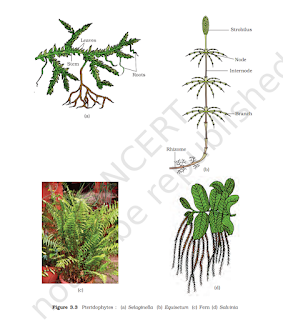Join Our Telegram Group:- GroveStudies ©™ Kingdom Animalia Classification also helps in Assigning a systematic position. Basis of Classification :- Arrangement of cells , body symmetry , nature of coelom, pattern of digestive , circulatory or reproductive systems. Levels of Organisation :- Through all members of Animalia are multicellular all of them do not exhibit the same pattern of organization of cells. For example , in sponges,. They exhibit cellular levels of organization. In coelenterates , the arrangements of cells is more complex. The cells performing the same functions are arranged into tissues, hence is called tissue level . Organ level is exhibit by members of Platyhelmanthes. Annelids , Arthropods, Molluscs, Echinoderms and Chordates. The digestive system in Platyhalmanthes has only a single opening to the outside of the body that serves as both mouth and anus, and hence is called incomplete. A comp...








